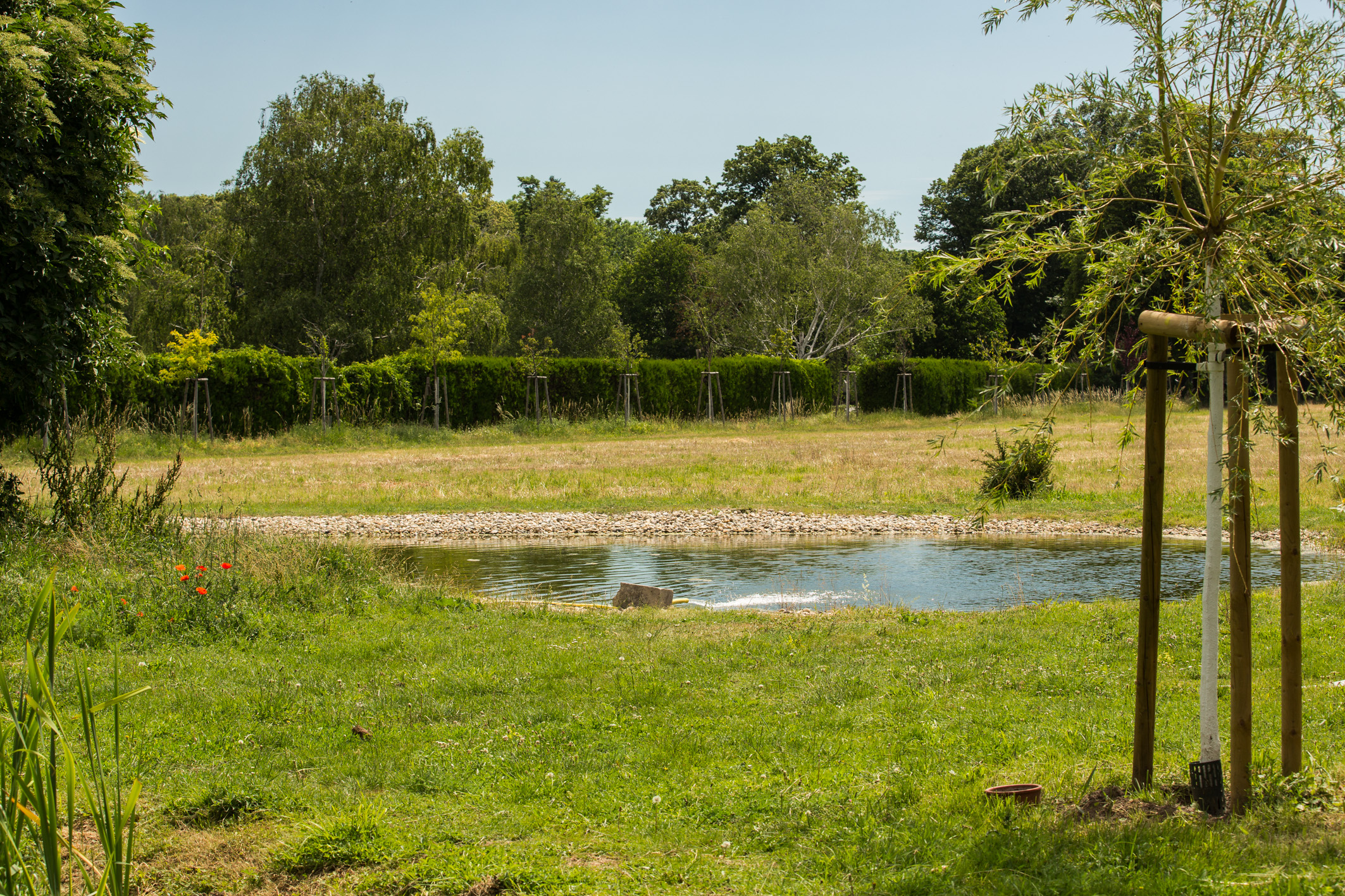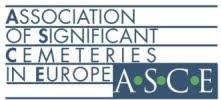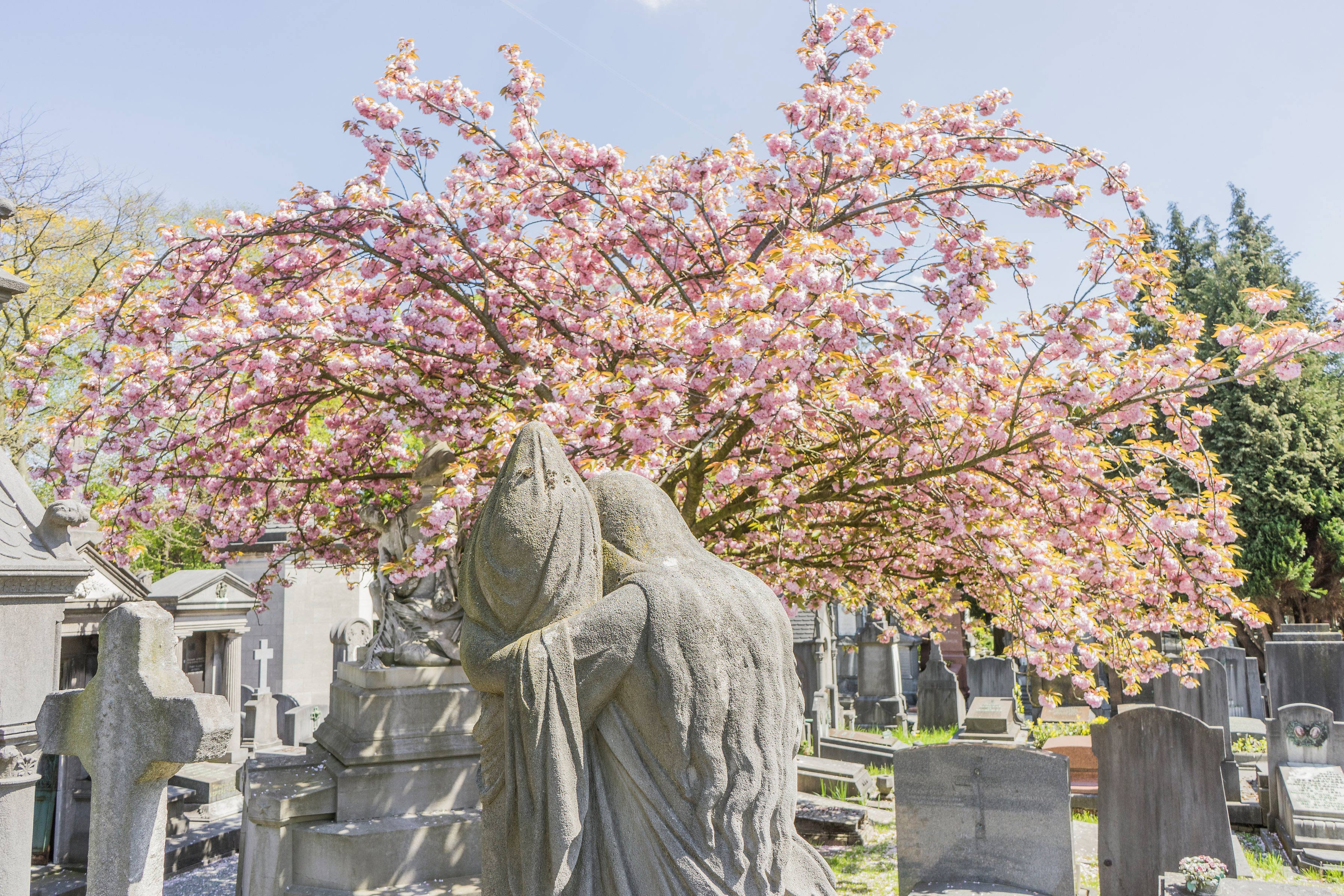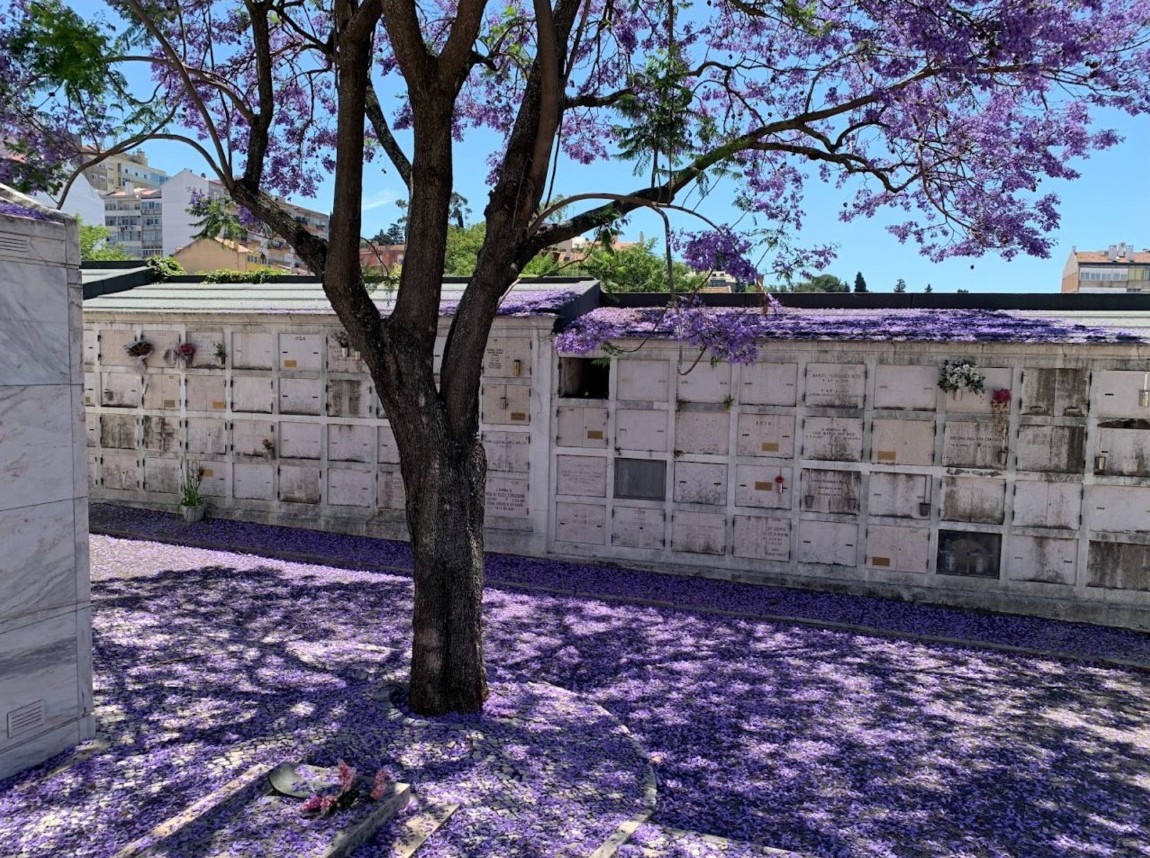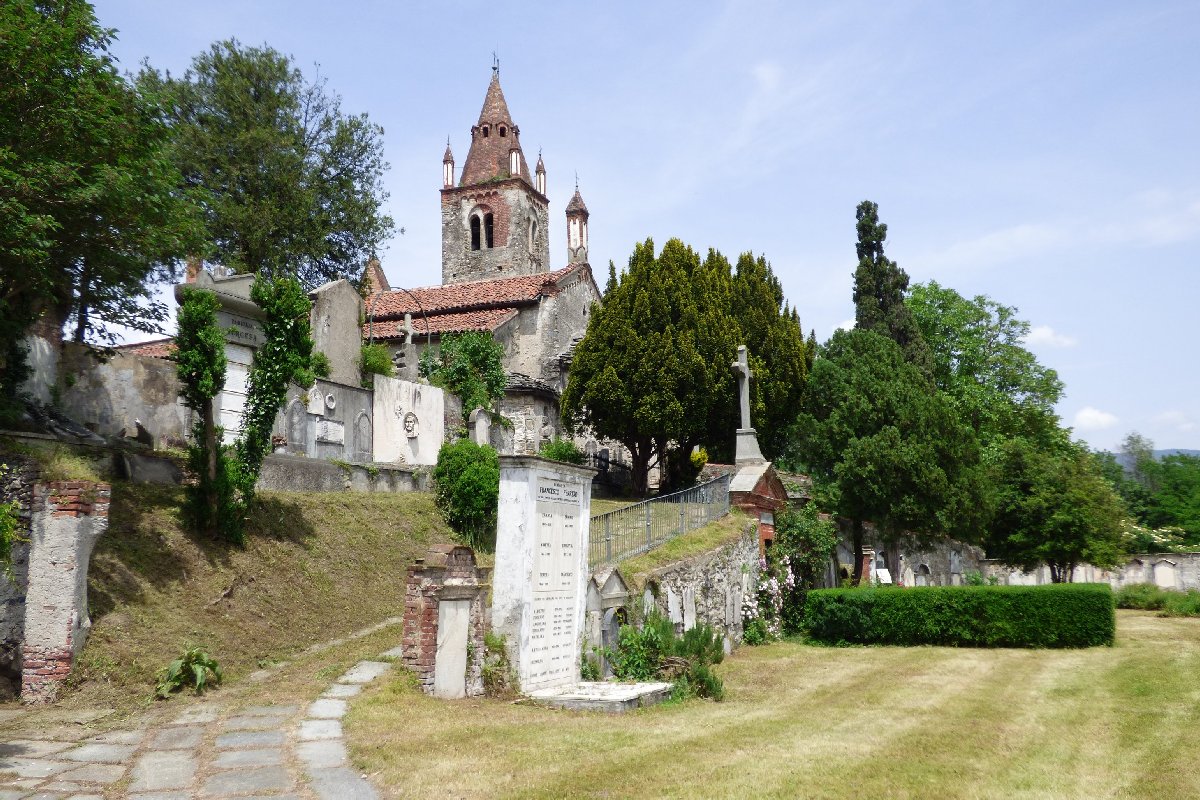The historic cemetery of Taranto is located in the Tamburi district, west of the historic core of the city, close to the railway and the industrial area.
Cemetery history
The positioning of the funerary grounds to the west of the present-day Old City stemmed from the Napoleonic decree of 1806, mandating the establishment of public burial sites beyond populated areas. Seeing the need to locate the cemetery outside the city walls, the Municipality of Taranto purchased the garden of San Brunone in 1819. This was the land surrounding the eighteenth-century Certosa di San Bruno, named after San Brunone, the founding saint of the Carthusian order. It was only later, after the existing olive grove on the farm owned by the Nitti family was uprooted, did the garden become a cemetery.
The first arrangement of the area took place in 1827. This was followed by the realization of the general project by the architect De Florio between 1837 and 1839. In 1845, the mayor Francesco Lojucco equipped the cemetery with a chapel, a surrounding wall, and a road. The following year it was decided to dedicate a space outside the cemetery fence (on the north side), for the burial of the deceased of other religions, including children who died without having received the Sacrament of Baptism. In 1885 Archbishop Monsignor Jorio contributed to the increase of the cemetery with another area, part of which was reserved for the burial of the bodies of the members of the Metropolitan Chapter.
Artwork at the cemetery
There are numerous monumental tombs of great artistic value present in the Taranto cemetery. Some are dating back to
the Kingdom of the Two Sicilies, such as that of the D'Ayala family or the Raffo brothers, Stefano and
Vincenzo, originally from Genoa, who died in Taranto while working there. The sculptural depiction of these individuals is very realistic in its plasticity, particularly due to their clothing from the
beginning of the last century. It is no coincidence that it is considered the most beautiful
Mausoleum in the cemetery.
We must not forget the Municipal Gallery with its wonderful
colonnade nor the noble and private chapels of the Brotherhoods and Mutual Aid Societies
which tell the story of the art of the last two centuries. We can find them above all in the main
avenues with styles ranging from neo-Gothic, neo-Byzantine, Art Nouveau and even neo-Egyptian.
Moreover, the epitaphs, epigraphs, and symbolic motifs adorning these monuments are worthy of a careful examination. Intricate bas-reliefs, such as the inverted Latin cross, the upside-down
torch, the hourglass without sand positioned horizontally and the sunflowers with bowed heads
they indicate that there is no more life. A particularly poignant epitaph, conceived by the poet Diego Marturano during his lifetime for his own tomb, resonates with timeless wisdom: "One thing is certain, the carnival ends and everyone becomes a miserable mortal again".
Until the 1960s there was also a tall stele surmounted by a skeleton representing death kidnapping man in the main avenue of the cemetery. It was replaced by the plaster statue of the Redeemer, which today is located at one of the side gates and it is made of bronze.
Historical and war monuments
In the monumental part of the cemetery, various historical and war memorials are preserved. On the central avenue you can see the Monumental Cross created on 22 April 1928, with stone from Monte Grappa, to remember the Tarantino fallen in the Great War.
In the Memorial of the Navy, the mortal remains of approximately 800 soldiers fallen in war are buried, including the German soldiers of the UC12 submarine and the 248 members of the battleship Leonardo Da Vinci, which sank on the night of 2 August 1916 in the waters of the Port of Taranto by raiders of the Austrian Navy. They are remembered with the original memorial stone coming from the ship.
On the west side there are the English and French cemeteries, which host the soldiers of these nationalities who fell during the First World War (the French ones were moved back home).
